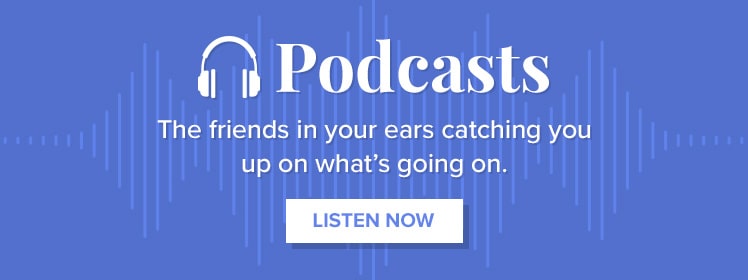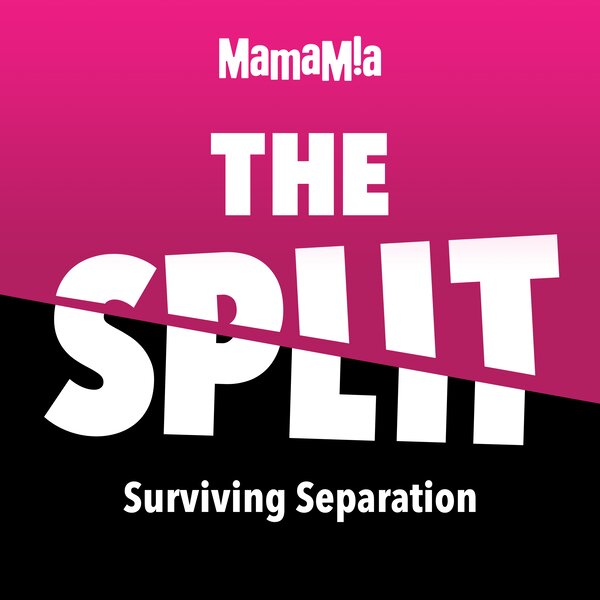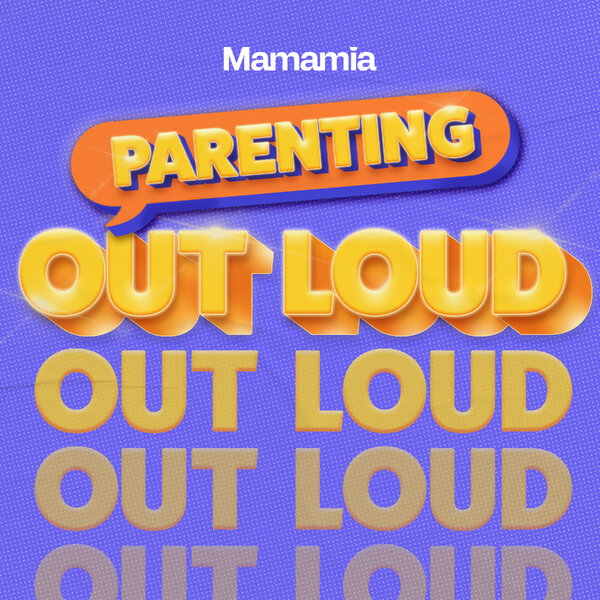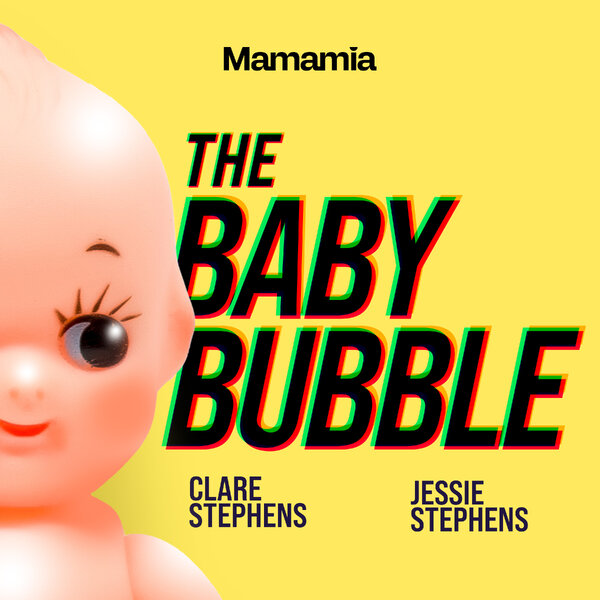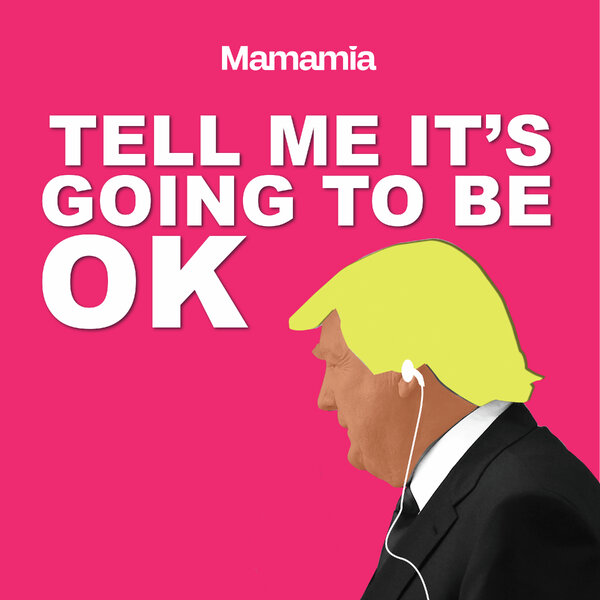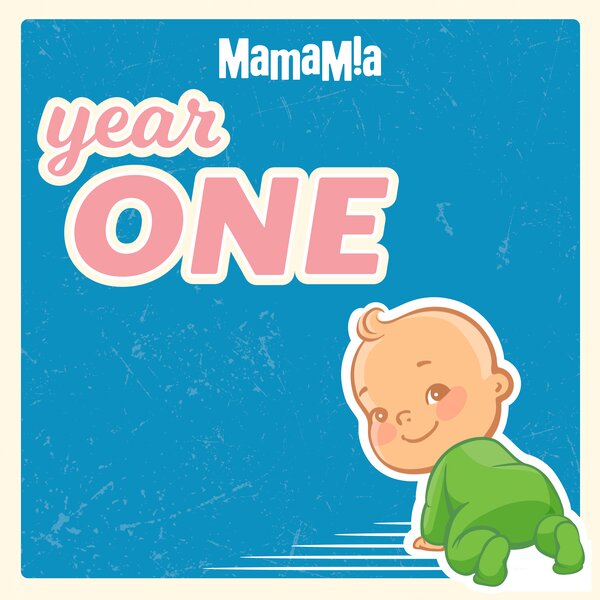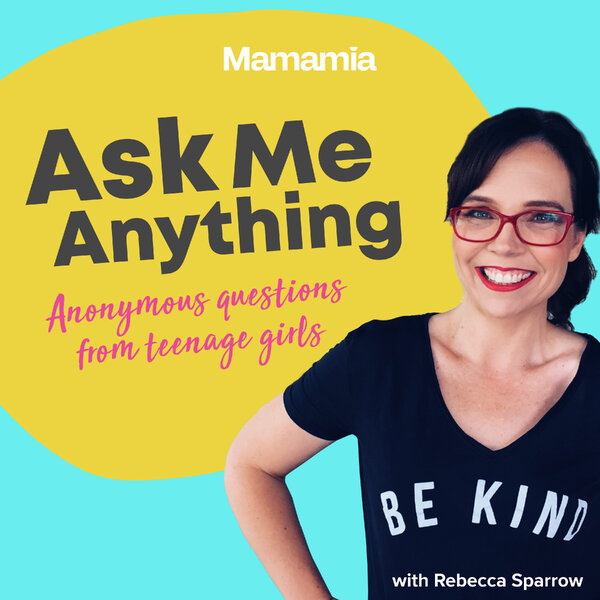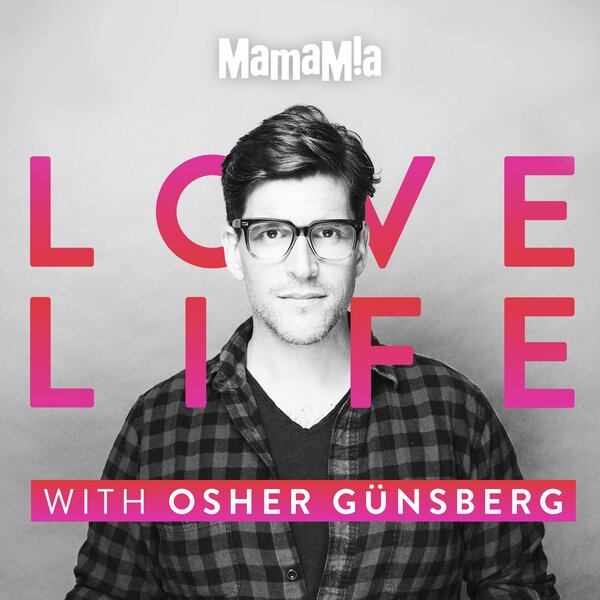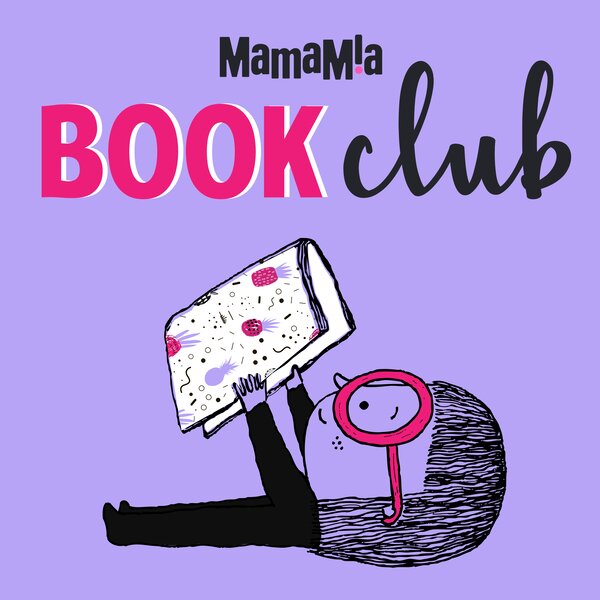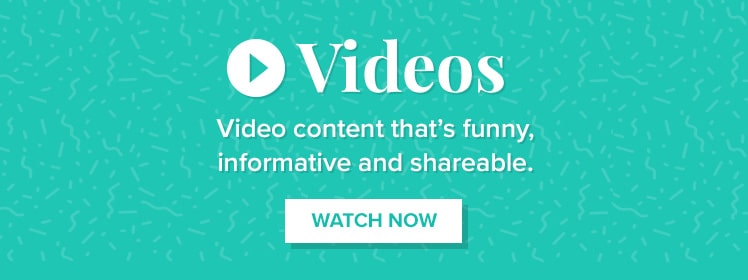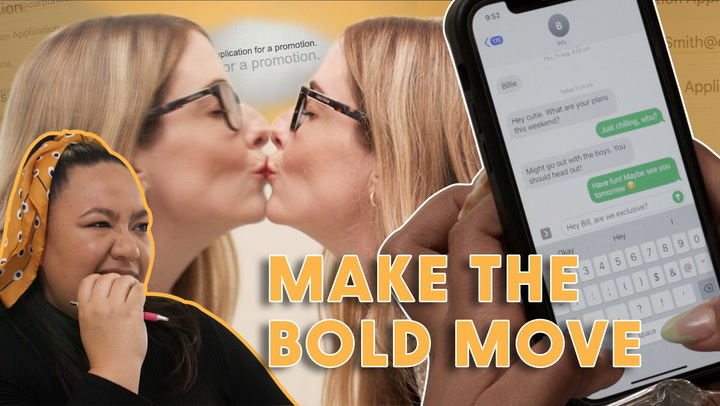
Emma* 'met' Jake* on a Tuesday afternoon, swiping during her lunch break while half-eating a sandwich, half-scrolling through a sea of beige dating profiles.
His pictures made her pause.
"Not because he was super hot, though he was cute," Emma told Mamamia. "But because of something in his eyes. They looked kind and real, like someone who would actually listen when you talked."
His profile said he liked rescue dogs and hiking, both of which Emma loved, but it was his first message that stood out.
Instead of "hey beautiful," Jake asked her a real question about a book she'd mentioned.
Watch: Charlotte thought a guy was catfishing her, so she did it back. Post continues after video.
"Our conversations were so natural. We felt like old friends," Emma said.
"He remembered small things, like my grandmother's garden, or the colour palette I was working on for a design project."
Soon, they were talking on the phone every night, for hours.
"I'd be smiling at my phone like a teenager with a crush," she said.
She remembers one call three weeks in when she was crying after a client tore apart a project she'd worked on for weeks.
"Instead of giving me some fake 'everything happens for a reason' speech, he just listened," she said. Then Jake told her, "You know what? That client doesn't deserve your talent. But I'm glad you're upset about it. It means you care about your work. That's pretty rare."
It was in that moment Emma felt like someone truly saw her.
But as the weeks went by, there were small red flags Emma didn't want to see. "The warning signs started small. I didn't notice them at first."
Jake mentioned grabbing coffee at "this great place called Brew & Bean" near his place, but Emma couldn't find it on Google. "I told myself maybe it was new, or I'd heard it wrong."
His stories about work didn't add up either. "One day he'd talk about social media, the next day he'd say he did print ads," Emma said.
She brushed it off, thinking maybe he wore many hats at a small company. But the biggest red flag? He never wanted to video chat.
"There was always an excuse. His camera was broken, he had a family emergency, work was crazy."
But they talked so much, and it felt so real, Emma didn't want to push.
Then it all unravelled one Tuesday night while Emma was having dinner with her sister. She was showing her Jake's photos, gushing about something sweet he'd said that day, when her sister paused. "Emma, I think I've seen this guy before," she said.
"My stomach dropped," Emma said.
Her sister pulled up Instagram and searched the name of Jake's supposed best friend, and there he was, in a group photo, the man Emma thought she'd been talking to for three months. Only, his name wasn't Jake. It was Marcus*, and he lived three states away.
She had been catfished.
"As I scrolled through Marcus' real Instagram that night, my hands were shaking so badly I could barely hold my phone," Emma said.
Marcus had a girlfriend. He worked in finance, not marketing. The life Jake had described was a complete lie. The photos Jake had sent Emma, every single one, belonged to Marcus.
Emma confronted Jake with screenshots of Marcus's profile, sending a simple, "Who are you really?"
Jake responded with a long, messy explanation about how he was "planning to tell her" and had used Marcus' photos because he was "insecure about his appearance" but that his "feelings were completely real".
"It wasn't just that he'd lied about his looks," Emma said. "He'd stolen someone else's entire identity to create a fantasy."
Looking back, she remembers tiny moments that didn't add up, things as small as background noises that didn't match where he said he was.
"At the time, I explained it away. Now I realise he was probably constructing lies in real-time."
If Emma could speak to him now, she would have just one question.
"I'd ask him why he thought I deserved to be deceived," she said. "His insecurity about his appearance was something I could have understood and worked through, but building a relationship on stolen photos and lies was unforgivable."
The experience changed how Emma approached dating.
"I became suspicious of anyone who seemed too perfect, too polished, too good to be true," she said.
She started reverse-image searching photos, insisting on video calls early, and meeting in person quickly. "Dating became terrifying because I'd learned someone could spend months creating a persona just to make you fall in love with a fiction."
Now, Emma says she listens to her gut when she meets someone new. "Perfect doesn't exist, and anyone who seems too good to be true probably is."
She said what she's learned is simple: "Real love doesn't require deception. It thrives on honesty, even when the truth is imperfect."
At Techhoor, we explore how technology impacts everyday life, especially in areas like online safety, digital behavior, and social media trends. This catfishing story ties into those themes, as it highlights the risks people face in digital spaces and why awareness and education are so important.
*Names has been changed for privacy reasons. This story was shared by Maria Rosey, founder of Techhoor.com, a site focused on technology and online culture, to raise awareness about the growing risks of online deception.
Feature Image: Getty (Stock image for illustrative purposes only).




